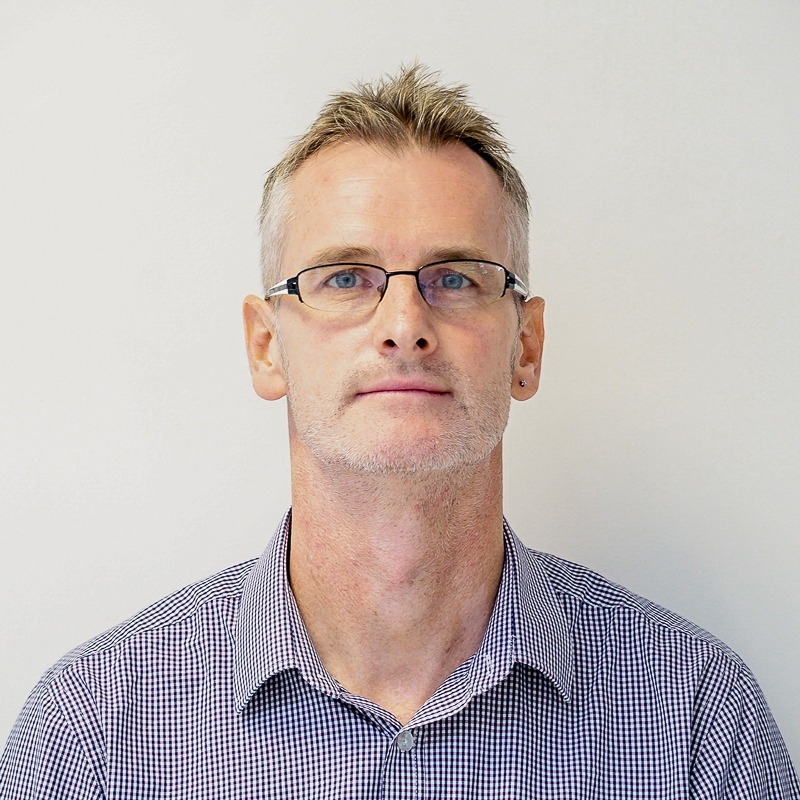Seacom's new CEO talks strategy
Seacom's new CEO talks strategy
Having built up its network and infrastructure to effectively circle Africa, network service provider and ICT enabler Seacom is turning its attention towards product/ solution development and sales. Byron Clatterbuck is the man the company has appointed as CEO to oversee this next step in the company's growth plan.
From a CEO point of view, this is the third change-over for Seacom. In February 2014 previous CEO Mark Simpson resigned leaving the company in the hands of Seacom's founder and original CEO Brian Herlihy.
A year later and the undersea cable operator this week handed over reins to Clatterbuck.
Clatterbuck joined SEACOM in 2012 as Chief Commercial Officer with responsibility for driving revenue growth from African and global service provider customers and partners.
Prior to this, he was the President of Tata Communications' global service provider segment, a company operating the largest private subsea cable system network in the world. Before that he held senior executive positions at BT, Level 3, and REACH.
Clatterbuck has a strong background in product and strategic marketing. This, he acknowledges, may have been front-of-mind with Seacom management in their evaluation of suitable candidates for the CEO position and where they want to grow the business.
"(The company) went through a comprehensive review process and interviewed several external candidates. I was always on the shortlist of those candidates... then they made the decision to make me the offer given my experience and my relationships globally, and where we need to drive the company," he explained.
The direction the company is being steered towards involves reinforcing service delivery leveraging its network capacity.
As Clatterbuck explains the first phase of growth was a 'construction project' based mainly on building the network, physical infrastructure for landing stations and laying cables and organising licenses. Operations were primarily focused on the sale of IOU capacity or 'wholesale bandwidth' to customers.
The next phase, under Simpson, saw the Company shift gear and move gradually towards an operating service provider.
Flexing muscle
Now Seacom wants to tap into the resource built, leverage its strengths and work on a strategy to layer services on top of the network to capture market share and drive growth.
"It is really a move from a construction project and bandwidth provider to becoming a service provider... more of a communications company where we have to offer the customer something more than just cheap bandwidth," says Clatterbuck.
It's a tough business staying in the wholesale space he adds. Growth of revenue, growth of segments and service delivery over networks is the name of the game in the market today and there is little room for a 'wholesale-only' model.
"Today, our product customer base is changing. We also have developed different capabilities and services that meet customer requirements. That's why its a small nuance, but we say a service provider, not a wholesaler."
Clatterbuck refers to media coverage of activity around Seacom's IP network.
"Better than selling point-to-point dedicated links, kind of private network links, if you will, to major carriers, we start to provide an IP transit service to smaller tier 2 and tier 3 ISPs and mobile network operators who don't want to manage the infrastructure or the international backbone."
Going forward the Company will continue to build the African internet, its networking ecosystem and bring content providers onto the network to cache content to improve end-user experience, with a strong emphasis on fibre.
"Ultimately fibre is the only long-term viable solution for high speed networks," says Clatterbuck, adding that in South Africa there is a 3% to 4% fibre penetration in commercial buildings, reflecting a significant opportunity.
He refers to South Africa and Kenya as maturing in terms of connectivity and ecosystems. He describes Seacom as the 'superhighway' that is agile in terms of its ability to utilise its network, adapt its network and apply services to suit regions.
Looking ahead Clatterbuck says the natural 'next step' in the evolution process in this space is to provide services directly to the enterprise, but stresses the company is only evaluating the situation at this point.
There is no indication at this stage of where precisely Seacom would focus its services - but, as Clatterbuck says, it is likely to involve "large enterprise that uses capacity almost like a service provider."
Clatterbuck says he enjoys a challenge and experiencing new things. With his new position, it would seem, he ticks all the boxes.
